When perusing through Overwatch 2’s controller settings, you may have come across an option called “aim assist ease in.”
Most players will likely be familiar with the concept of aim assist, an adjustment frequently provided to players using controllers in cross-platform multiplayer titles that helps them stay competitive with the often more precise mouse and keyboard control scheme. Like many similar FPS titles, Overwatch 2 provides aim assist to these players. It even allows them to tweak and adjust how it functions for maximum comfort and precision.
“Aim assist” is sometimes considered derogatory by players who believe controller users are receiving an unfair advantage over mouse and keyboard users. This is rarely the case, though. In most games, aim assist is intended to bring players who prefer to use controllers up to the level of those who use mouse and keyboard, which has always been considered the more “accurate” input choice. If you’re an Overwatch 2 controller player who’s looking to get the most out of your aim assist settings, you’ve come to the right place.
Here’s everything you need to know about the aim assist ease in setting in Overwatch 2.
Aim assist ease in, explained
While it may seem as though aim assist is simply helping you aim better, it actually has a very precise function. Aim assist affects the way that your crosshair moves once you’ve centered it over a target—or, more specifically, their hitbox. When your crosshair is over a hitbox, your in-game sensitivity is decreased for the duration that your crosshair remains on them. This results in easier target tracking and that feeling of “snapping onto” an enemy.
Aim assist ease in changes the way that your sensitivity ramps up or down when your crosshair moves over a target. If you set ease in to a higher number, your aim assist will feel less snappy and will require your crosshair to be more pinpointed on an enemy for that tracking assistance to kick in. If you generally play heroes who use projectile weapons, including Pharah or Junkrat, you’ll want your ease in number to be higher.
On the flip side, setting aim assist ease in to a lower number will result in a much stronger snap. Your sensitivity will be lowered dramatically as soon as your crosshair moves within an enemy’s hitbox, enabling you to have the largest possible area of low sensitivity around a hero. This makes it easier to hit headshots with precision-aim heroes like Cassidy, Widowmaker, and Hanzo.
Aim assist ease in can be adjusted on each individual hero, so you don’t have to use the same value with both Pharah and Widowmaker, for example. It’s best to play around with your settings and find what works for you on the heroes you play the most. Note that ease in and aim assist in general only apply to controllers: there is no such setting for mouse and keyboard since it’s generally considered a more precise input method by default.
If you want to know more about how aim assist and particularly ease in work in the game, check out this excellent explanation by Reddit user adhocflamingo.


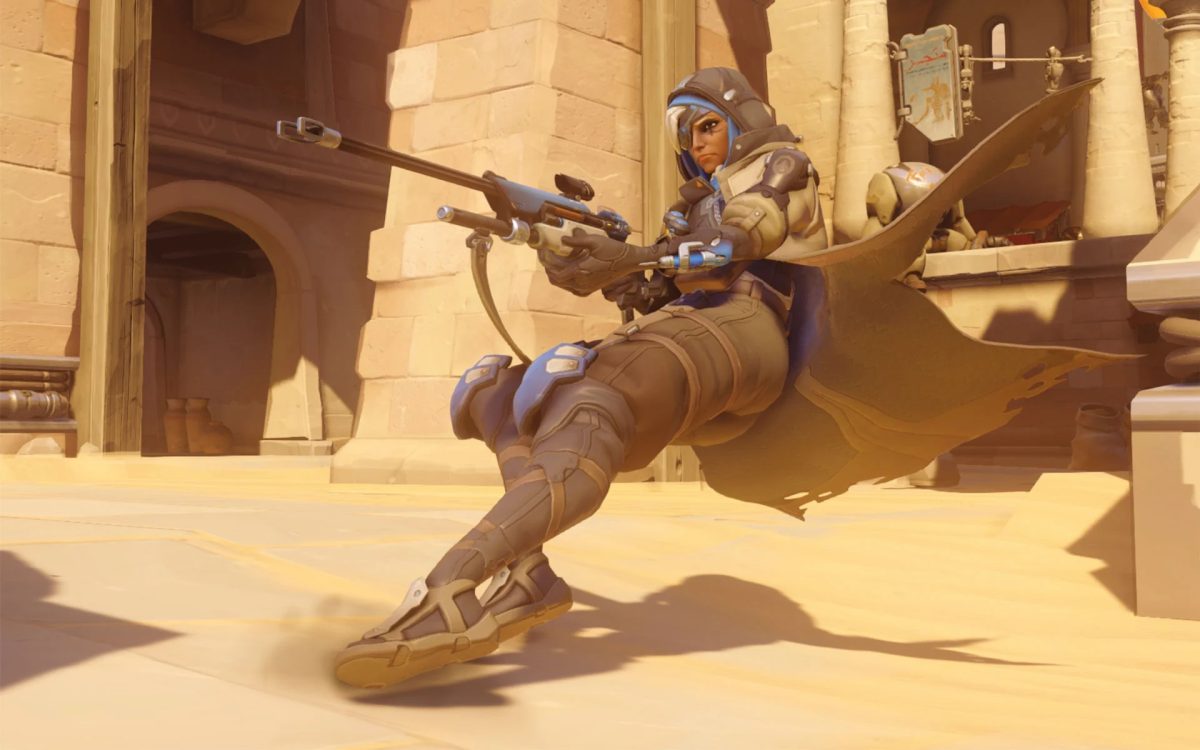
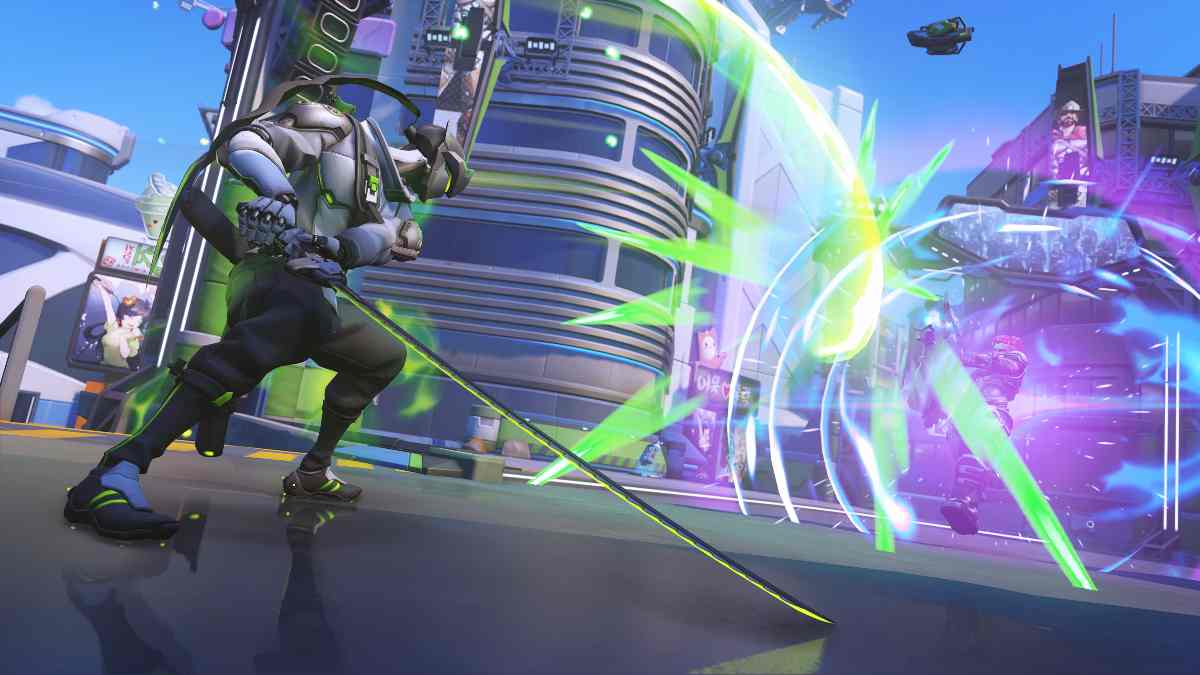
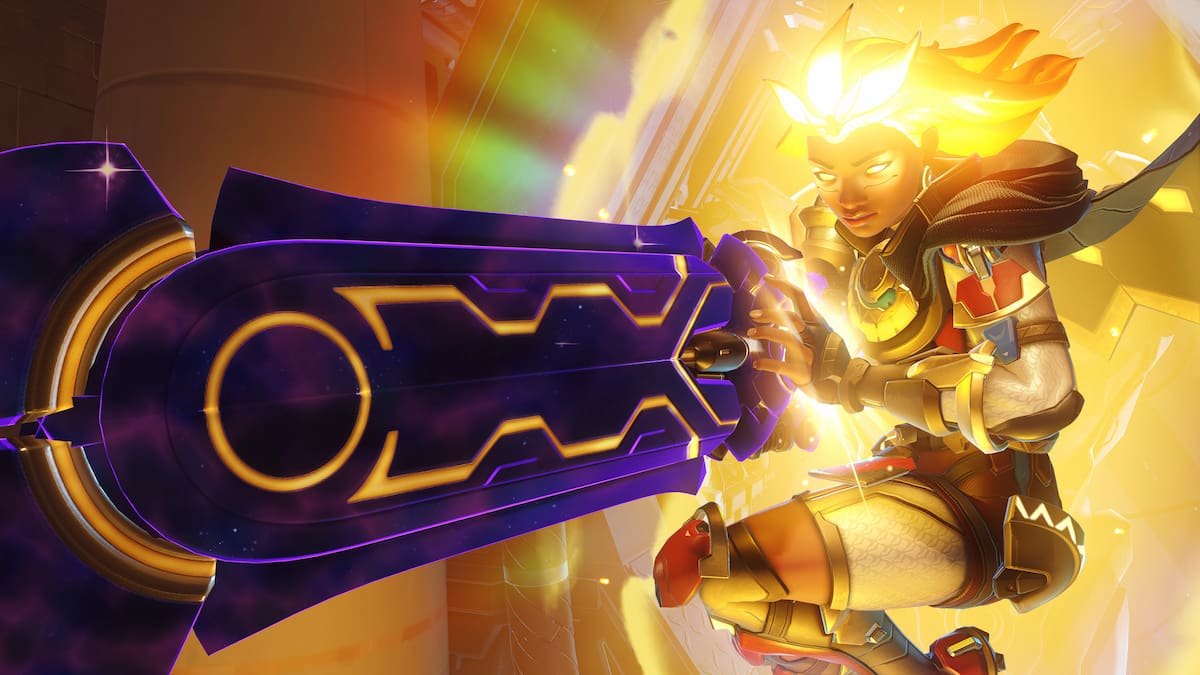



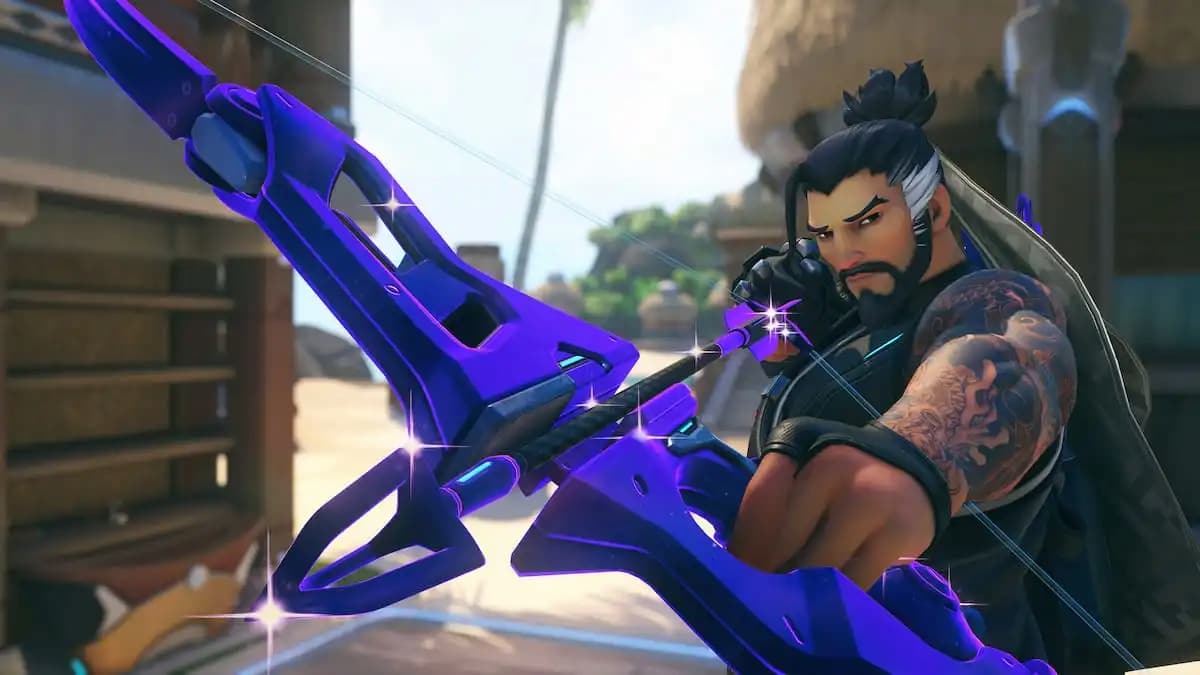
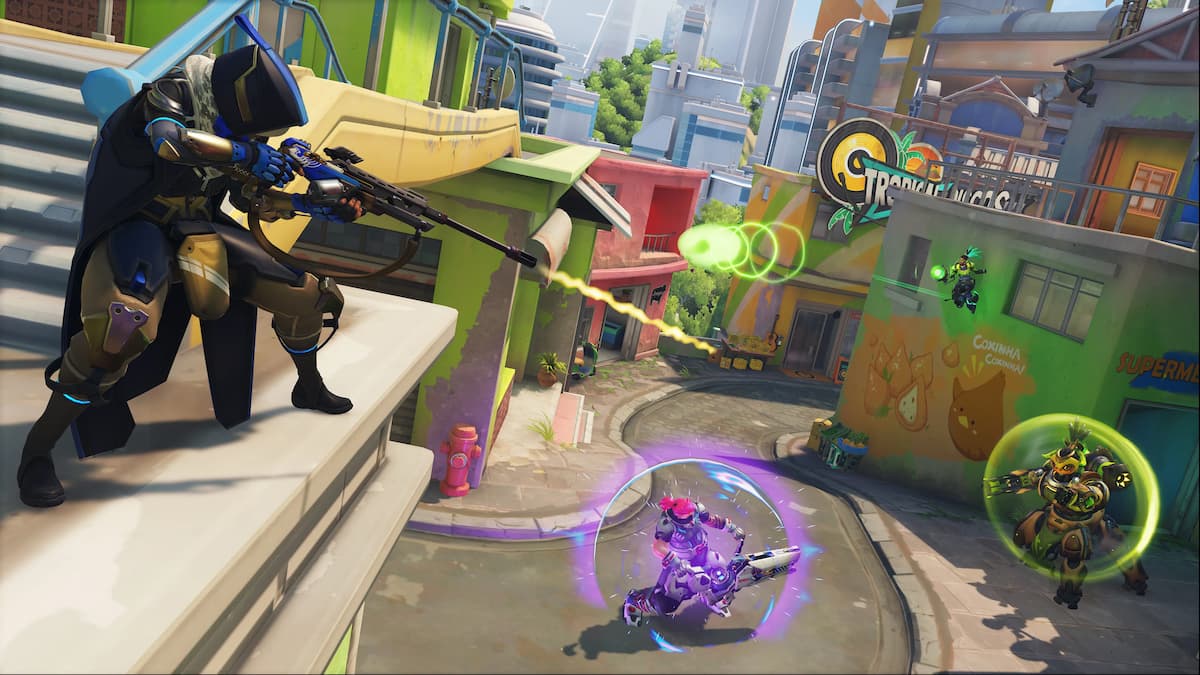
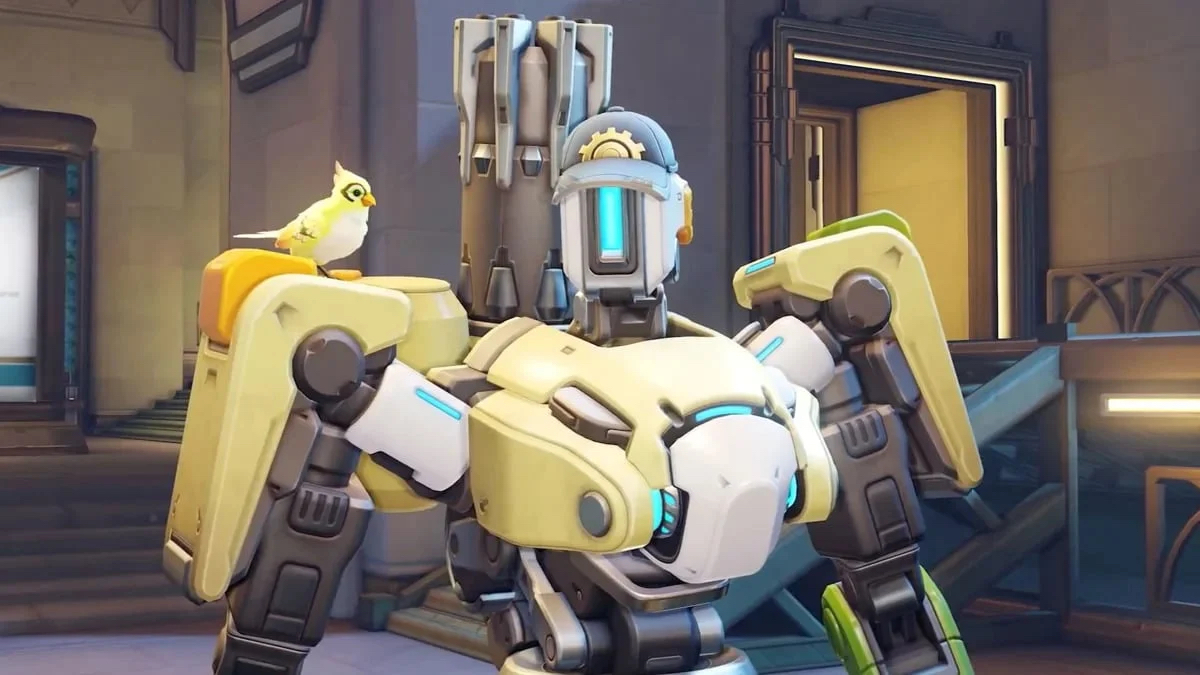
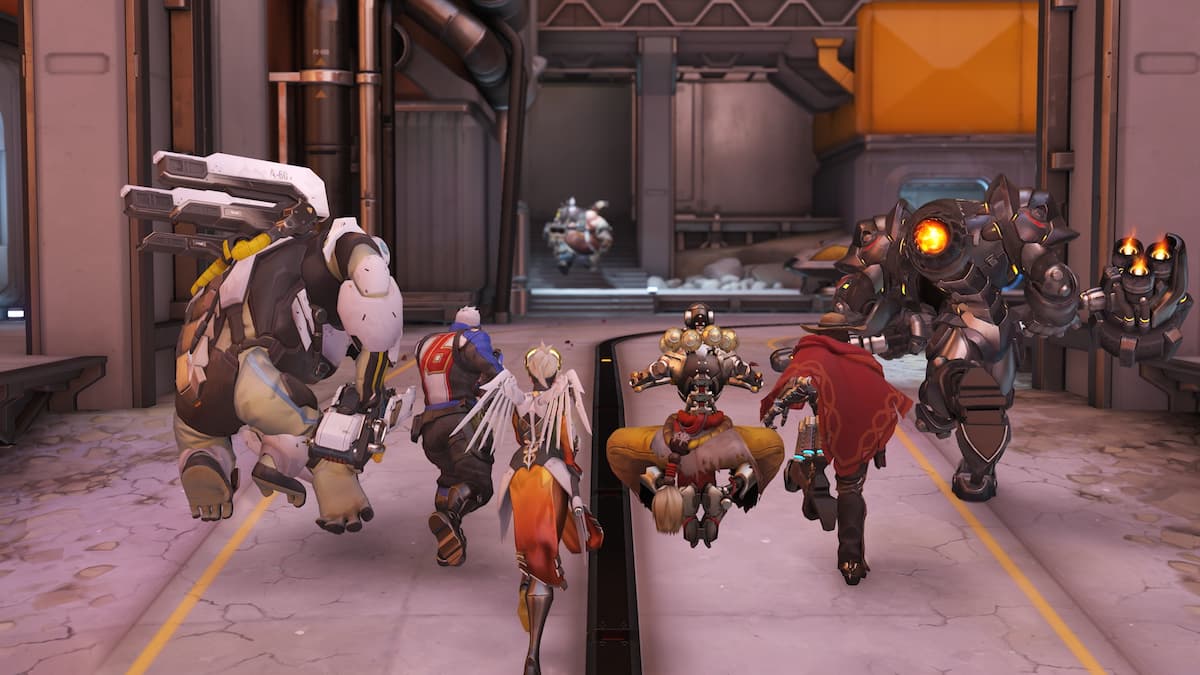
Published: Nov 15, 2022 04:47 pm